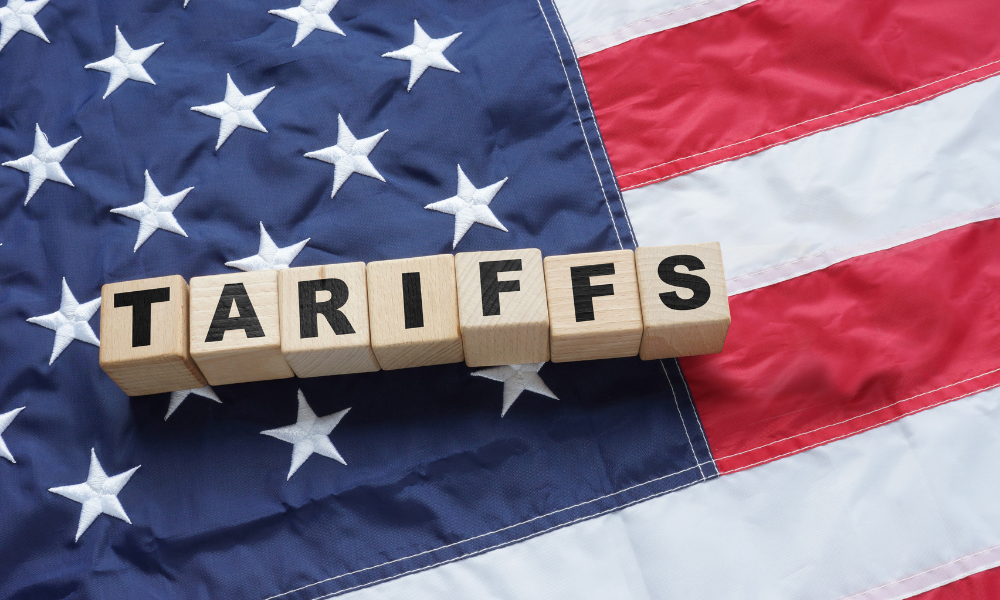

by Skylar Woodhouse
President Donald Trump said he plans to start his reciprocal tariff push with “all countries,” tamping down speculation that he could limit the initial scope of tariffs set to be unveiled April 2.
“You’d start with all countries, so let’s see what happens,” Trump told reporters aboard Air Force One. “I haven’t heard a rumor about 15 countries, 10 or 15.”
Trump is set to launch so-called reciprocal tariffs on April 2, a centerpiece of his plan to rebalance global trade and boost US manufacturing while collecting tariff payments to fund his domestic policy priorities, including an extension of tax cuts from his first administration and additional tax promises made during the 2024 campaign.
The White House hasn’t yet outlined what tariffs are coming, how they’ll be calculated, or what countries will need to do to secure coveted exemptions. Trump has also said his tariffs will account for other countries’ non-tariff barriers, though hasn’t detailed how those calculations will be made. The administration also hasn’t specified when these new tariffs will take effect.
“We’re going to be much nicer than they were to us, but it’s substantial money for the country,” he said.
Treasury Secretary Scott Bessent earlier this month said the Trump administration’s coming action would focus on what he called the “dirty 15,” a percentage of the world’s economies that have substantial tariff and other barriers and together account for “a huge amount of our trading volume.” Though Bessent didn’t name them, a Bloomberg Economics report shows 15 US trade partners, nine of which are in Asia, together account for more than 75% of all US imports and were also included in a recent administration document inviting public comment to identify any potential unfair trade practices.
The Trump administration has signaled that each country’s reciprocal tariffs could form the starting point for future negotiations, a stance that has sent countries rushing to offer concessions and play up their trade relationships with the US. At the same time, Trump has also said he means to limit exceptions to his tariff push.
Copyright Bloomberg News

From outstanding individuals to innovative organizations, find out who made the final shortlist for top honors at the IN awards, now in its second year.

Cresset's Susie Cranston is expecting an economic recession, but says her $65 billion RIA sees "great opportunity" to keep investing in a down market.

“There’s a big pull to alternative investments right now because of volatility of the stock market,” Kevin Gannon, CEO of Robert A. Stanger & Co., said.

Sellers shift focus: It's not about succession anymore.

Platform being adopted by independent-minded advisors who see insurance as a core pillar of their business.
RIAs face rising regulatory pressure in 2025. Forward-looking firms are responding with embedded technology, not more paperwork.
As inheritances are set to reshape client portfolios and next-gen heirs demand digital-first experiences, firms are retooling their wealth tech stacks and succession models in real time.
